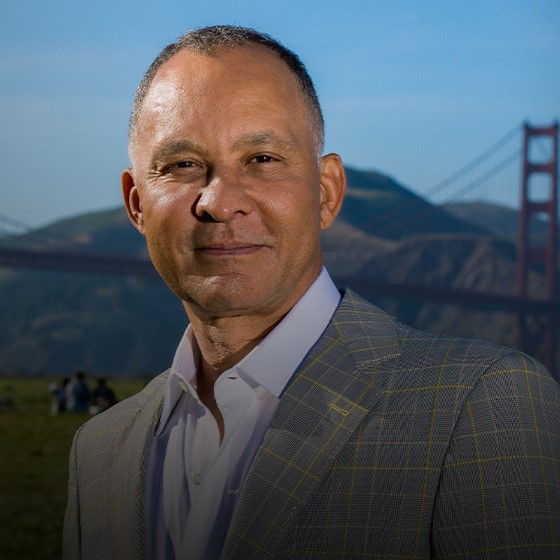When men are looking into gynecomastia surgery for a more masculine-looking chest, one of the most common concerns is what their scar might look like following the procedure. In many cases, incisions are necessary to adequately remove glandular tissue, skin, and fat that might be contributing to enlarged breast shape. However, this doesn’t mean that your incisions will lead to unsightly scars, especially if you know how to take care of them in the days, weeks, and months following your procedure.
Causes of Surgical Scars
Not all surgeries necessarily result in scars that others notice when they see the place where it was performed. At the same time, whenever the skin is damaged, it heals in particular ways, often creating fine lines of scar tissue, red lines, or other markers of is history. This is because your skin does one of several things when it heals: it creates extra collagen – supportive proteins that provide internal structure between skin cells – and responds to your body’s wound-healing process, involving the immune system, platelets, and inflammation. These all contribute to the final long-lasting appearance of any wound, from a scraped knee to a surgical scar.
When it comes to surgery, scarring is influenced by three major things:
- The surgeon’s skill
- The location of the incision
- The type of surgery
With precise incision markings, creation, and sealing, surgeries don’t have to result in deep scars. An experienced gynecomastia surgeon like Dr. Miguel Delgado makes precise incisions with minimal invasiveness to prevent excess scarring. There are additional risk factors, however, that can contribute to unsightly wounds after surgery.
Risk Factors for Adverse Scarring
Not everyone is an ideal candidate for gynecomastia surgery with little scarring. Risk factors like age, lifestyle habits, or other unchangeable scenarios can change your reaction to the surgery.
Lifestyle Habits
One of the most commonly instructed preparation steps before surgery of any kind is to stop smoking if you currently do. Smoking inhibits the immune system to the point where the skin doesn’t heal as quickly or effectively as non-smokers. Other behaviors, such as frequent sun exposure without protection or exposure to certain environmental pollutants can also hinder the skin’s ability to heal, resulting in worse scars after gynecomastia surgery.
Age
Older people have less collagen throughout their body, meaning their skin isn’t as tight, resilient, or elastic, which plays into how they heal after surgery. The older you have surgery, the less likely it is that your results will be unnoticeable.
Genetics
Finally, at the end of the day, some people simply heal better following wounds or surgery because of their genetics. The healing process is complicated but involves more than just surface-level factors. Some people literally have thicker, more resilient skin that doesn’t produce visible scars no matter how invasive the procedure or where it’s performed.
Preventing Adverse Scarring
Besides eliminating habits like smoking, there may be a few things you can do to help prevent persistent scar tissue from forming after gynecomastia surgery. Research shows that eating plenty of protein along with a balanced diet provides the nutrients your skin needs to heal effectively following gynecomastia surgery.
Not only for scarring, but also for complete, quick recovery, it’s important to follow all of your doctor’s directions for recovering from your specific male breast reduction surgery. You should clean your wound as instructed, follow care guidelines, and change any bandages as necessary.
Finally, keep pressure and tension off your incision sites as much as physically possible. This means refraining from lifting anything but light objects, avoiding strenuous activities, and performing therapeutic exercises to prevent undue stress on the vulnerable site.
Gynecomastia Scar Treatment
There may be additional ways beyond minimizing risk factors for extensive scarring to help you enjoy the most benefits from your male breast reduction surgery. By consulting with a highly experienced gynecomastia expert like Dr. Miguel Delgado, you can find out what your ideal surgery might look like, especially after the procedure itself. Learn more about gynecomastia and your options for treatment by browsing our leading gynecomastia forum.

